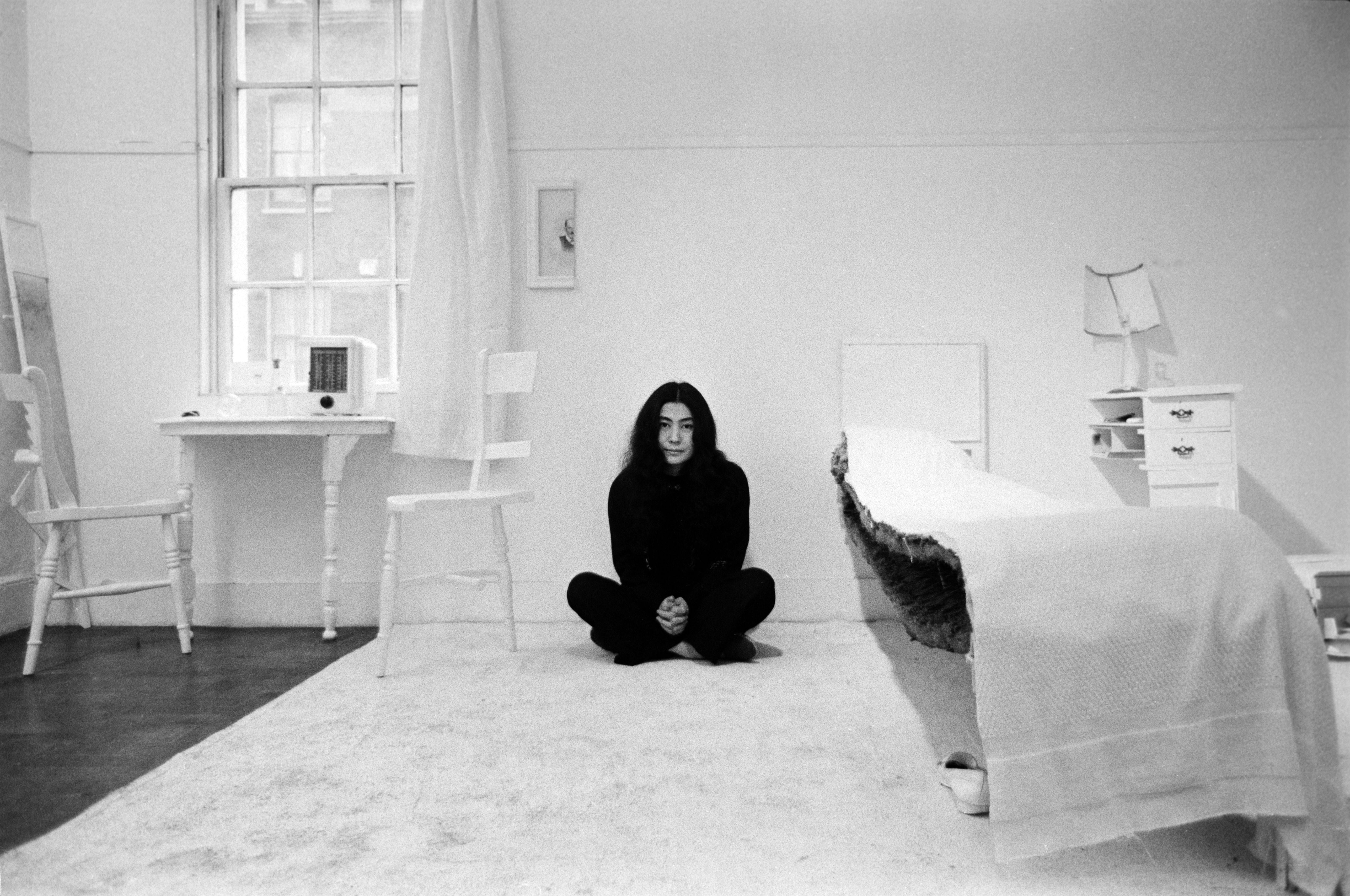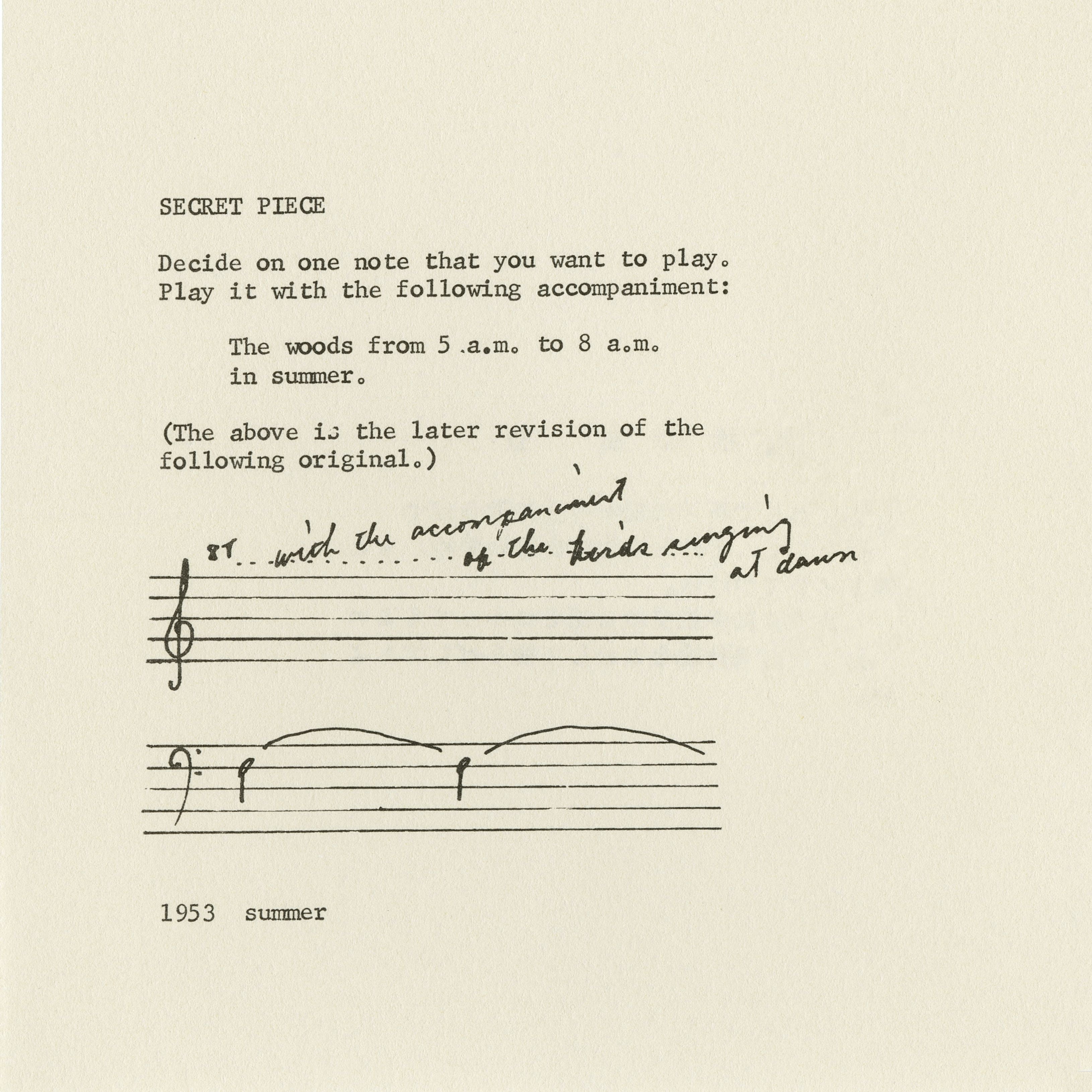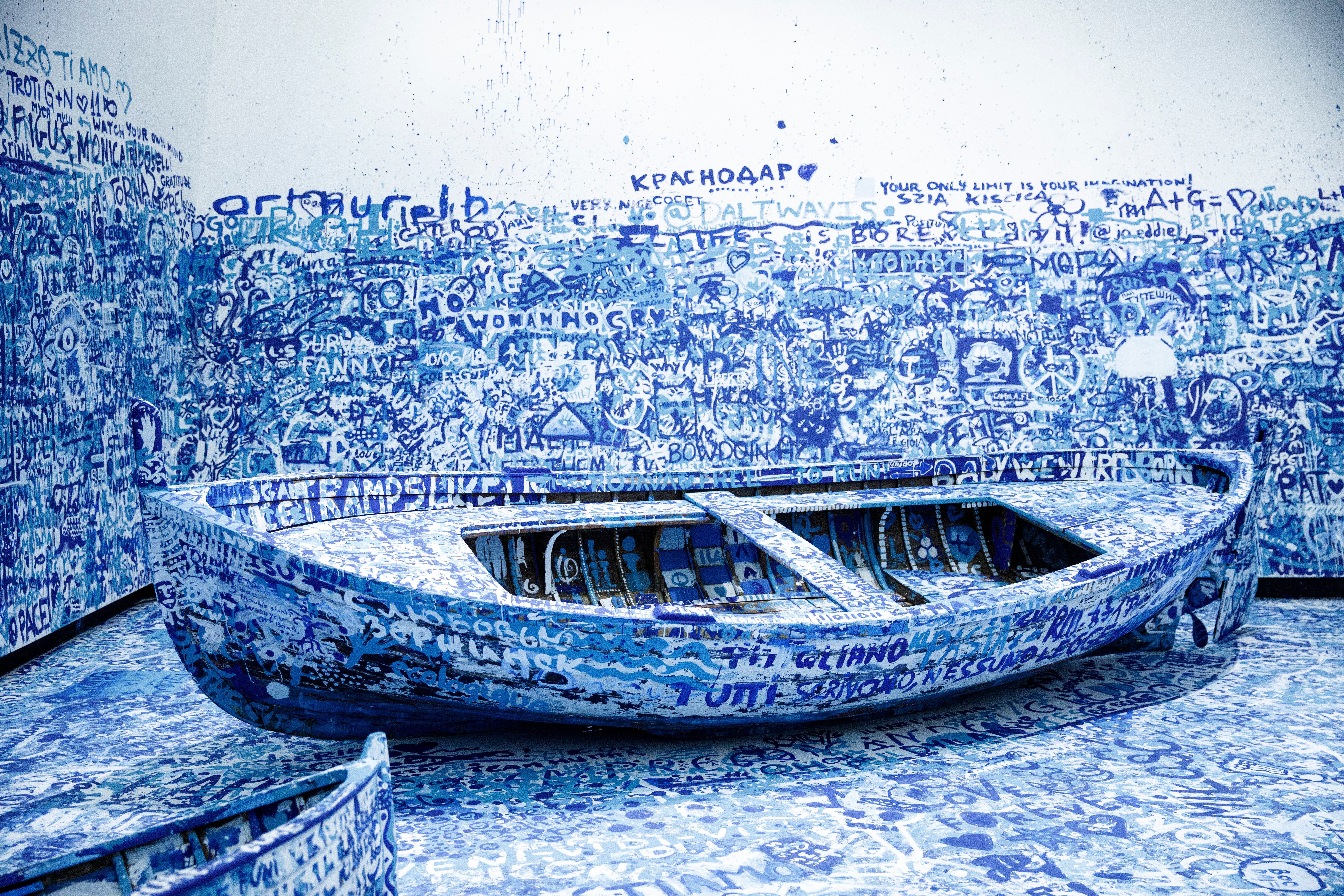Yoko Ono, Music of the Mind review: An exhibition that says it’s time to accept her as a significant artist
Avant-garde genius or pretentious charlatan? At 90 years of age, the divisive Japanese artist has been given a major London retrospective that thrillingly captures her extraordinary contribution to contemporary art

Nearly six decades into her often vexed relationship with the British public, Yoko Ono remains a baffling figure. Let’s not even start on the question of whether the Japanese avant-garde artist who married John Lennon did, in fact, “break up The Beatles”. Many – if not most – of the potentially large audience for Tate Modern’s new retrospective will still be unclear as to whether Ono is a genuinely significant artist or a pretentious charlatan. Is she a wide-eyed utopian as she presents herself, or a slightly sinister, manipulative figure? This thought-provoking show goes a lot further towards answering these questions than I expected.
The opening exhibit seems to confirm the popular expectation that Ono’s art will be as hard-going as her much-mocked howling/singing. Lighting Piece (1962) is an endlessly repeated film of a match being struck and going out in slow motion, relating to a four-hour performance in which Ono attempted to “stretch the imagination” of the audience. If it feels at this point that it’s the attention span rather than imagination that will be stretched, don’t give up quite yet.
A banker’s daughter born in Tokyo in 1933, Ono grew up in Tokyo and moved to New York City in 1952 to join her family, where she fell effortlessly on her feet in the middle of one of the most fertile artistic scenes of the 20th century. Evocative photographs from the time show mega-figures such as composer John Cage and artist Robert Rauschenberg roped into her eccentric performances.
Cage’s idea of the work of art as a “score” or set of instructions to be carried out by performers and audience was clearly a pivotal influence on Ono, to which she added a quirky Zen Buddhist flavour in her minimal, absurdist gestures.
Toilet Piece is a bottle of water suspended from the ceiling, which visitors are invited to sprinkle onto the floor whenever the sound of a toilet flushing resounds through the gallery. As the water barely drips out, there’s a little chance of the place being flooded, leaving a slight sense of “OK, now what?”
Most of the works in this part of the show are represented only by their typed-out “scores” – from “Light a match and watch it go out” to “Paint a painting till it becomes marble” – accompanied by photographs, tickets and programmes. But an exhibition can only go so far on memorabilia. Ono’s desire to “strip the viewer’s mind” and “discover something hidden in humans” is fascinating in principle, but this is interactive art we can’t interact with. We’re left wanting something more tangible than reading drywall texts.
There’s a great film of Cut Piece (1964), one of Ono’s best-known early works, in which she sat on a stage as members of the audience cut pieces from her clothing till she was virtually naked. Ono remains typically unflappable throughout.
But it’s with Bag Piece (1964), that we’re allowed to get more physically involved, climbing inside one of the black cotton sacks provided, either singly or in pairs, and standing, rolling on the floor or doing whatever else feels right to bring this “fluctuating sculpture” to life, as fellow gallery goers chuckle and dare each other to have a go. Whether the participant’s mind is entirely “stripped”, it will certainly be pleasantly discombobulated, and the knowledge that the work developed into the notorious Bagism events of 1968, in which Ono and Lennon performed inside a large white bag, adds a certain frisson.

The show’s energy level surges with Ono’s move to London in 1966. Here her campaigning work on “civil rights, feminism and the Vietnam war gained mainstream interest”, we are told. The fact that she was in a relationship with a member of the biggest band on the planet just may have had something to do with it. But such is the show’s determination to establish Ono as an independent figure, Lennon is referred to as a “British musician”. The Beatles aren’t mentioned.
In the film of the infamous Bed-In (1969) in which Ono and Lennon stayed in bed as a protest against the Vietnam war, surrounded by the massed cameras of the world’s press, Lennon takes the lead in voicing the couple’s aims. He wrote the catchy songs that got their work on Top of the Pops (“Give Peace a Chance”, recorded at a Bed-in, reached No 2 in the British charts). Yet the idea of political protest as performance art, and the whole absurdist tone of these events, was clearly coming from Ono. While she was excoriated at the time for diverting Lennon from producing tuneful pop to using his fame to protest against war and inequality, that now feels entirely admirable.
The couple’s attempts to fuse their artistic and personal identities into a single whole feel similarly very relevant to now. Their Wedding Album is one of 23 albums and singles we have the chance to appraise in a room that functions as a giant listening booth. Ono’s banned Film No. 4 (Bottoms) (1966), consisting entirely of close ups of, well, bottoms, which created a huge furore at the time, has a touching innocence now.

If the show is slightly hard work to begin with, it develops an inspiring momentum, with many more opportunities to participate in the second half. Add Colour (Refugee Boat) (2019) in which we’re invited to paint our “hopes and beliefs” on a boat of the sort in which thousands attempt the perilous Channel crossing, shows the now 90-year-old artist still addressing the issues of the moment.
That Ono has been able to maintain her open-hearted belief in peace, and the essential goodness of humanity, even after seeing the love of her life murdered pointlessly in front of her, might be seen as evidence of steeliness or of saintly forbearance. You probably can’t have the latter without a touch of the former. But Ono has been implicitly criticised even for that. This exhibition shows it’s time to accept her not only as an extraordinary human being, but a very significant artist.
Yoko Ono, ‘Music of the Mind’ is at the Tate Modern from 15 February until 1 Sept
Join our commenting forum
Join thought-provoking conversations, follow other Independent readers and see their replies
Comments
Bookmark popover
Removed from bookmarks